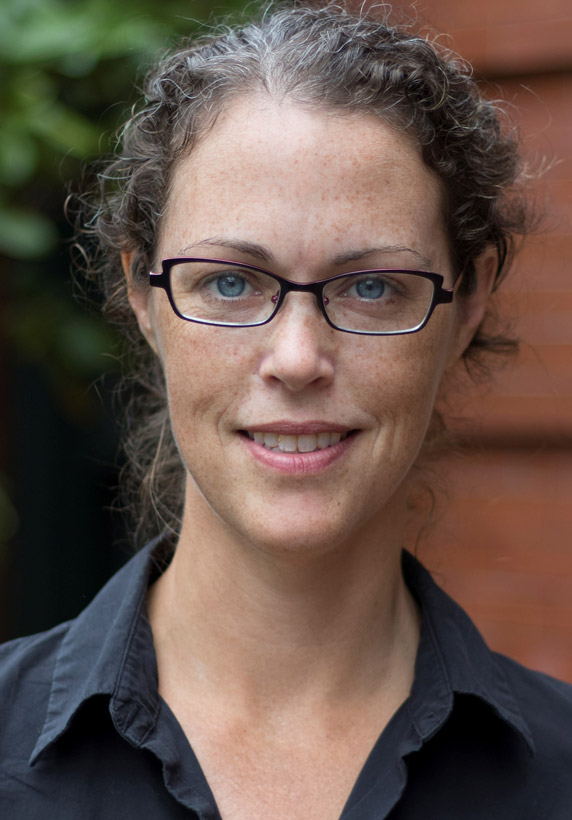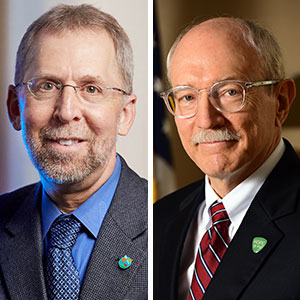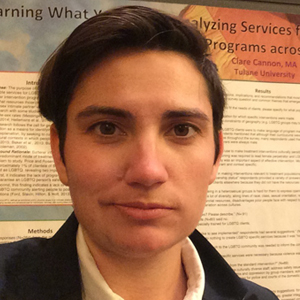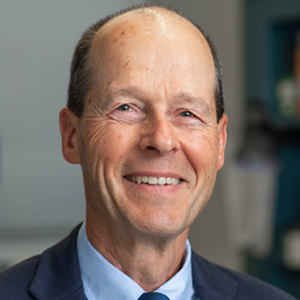A new video tour showcases the history, challenges, and resilience of the community surrounding the New Bedford, Massachusetts Superfund site and NIEHS-supported research to improve the health and well-being of local residents.
The six-part Virtual Tour of New Bedford Harbor, released by the Boston University (BU) Superfund Research Program (SRP) Center, features interviews with center researchers, community members, U.S. Environmental Protection Agency (EPA) partners, and more.
 In 2017, Scammell received a coveted NIEHS Outstanding New Environmental Scientist award. (Photo courtesy of Boston University School of Public Health)
In 2017, Scammell received a coveted NIEHS Outstanding New Environmental Scientist award. (Photo courtesy of Boston University School of Public Health)“The New Bedford Harbor is a common thread in our SRP studies, but many of our researchers and trainees have never had the opportunity to visit the harbor,” said Madeleine Scammell, D.Sc., head of the center’s Community Engagement Core.
“Real people are invested in the results and the long-term health of the harbor,” she said. “We also wanted to highlight the important role of our community partners and other stakeholders and let them speak for themselves.”
Scammell said the virtual tour is designed for students, trainees, and faculty at BU and other environmental health training programs, as well as by community groups, agencies, and other stakeholders. By virtually exchanging information and experiences, the tour can reach a larger audience than is practical to do in person.
A brief history
Home to one of the nation’s largest and most contaminated Superfund sites, New Bedford Harbor is polluted with polychlorinated biphenyls (PCBs), which were used to cool and insulate electrical equipment before they were banned in 1979. By outlining the past challenges, the introductory video puts the center’s research into context.
An Introduction to New Bedford
Residents are still dealing with the legacy of contamination today, which is why community organizations, regulatory agencies, and the center are working to support safe cleanup of the harbor, improve the health of the people who live there, and build more resilient communities. A second video highlights social and environmental challenges faced by local communities, and decisions to clean up the harbor while protecting human health.
“These videos are meant to highlight current social, economic, and environmental value of the harbor to New Bedford and the surrounding communities,” Scammell said. “We wanted to bring dimensionality, color, and texture to what people have read or heard about and connect faces and voices to names and titles.”
Understanding how contaminants harm health
For over two decades, researchers at the center have worked to understand and address chemical exposures found in and around the New Bedford Harbor Superfund site. Three more videos present the scientific studies.
Some researchers are studying how early life exposure to harmful contaminants around New Bedford Harbor can affect behavior later in life. For example, they are exploring the link between exposure to chemicals and social stressors that influence risk-taking behavior in teens.
Others are exploring how exposure to PCBs can affect fish populations. These scientists have made important discoveries about how fish adapt to pollution over time.
By combining studies in fish, mice, and human populations, center researchers are uncovering underlying mechanisms by which exposure to harmful pollutants can harm the brain and can alter brain, bone, and fat cells.
Partnerships point to brighter future
“Our researchers and Community Engagement and Research Translation Cores have built strong relationships with the community, community groups, and other stakeholders [who are] working to make the neighborhoods surrounding the harbor healthier places to live, grow and thrive,” said Research Translation Core Leader Wendy Heiger-Bernays, Ph.D. “Our partners have been strong leaders in efforts to clean up the site and protect it for future generations.”
“New Bedford Harbor is not unique as a contaminated site,” noted Scammell. “We hope these videos can be helpful to residents of similar communities, and to researchers who want to consider the combination of social and environmental health hazards and connect their research with affected communities.”
Citation: Gallagher LG, Webster TF, Aschengrau A. 2017. Exploring associations between prenatal solvent exposures and teenage drug and alcohol use: a retrospective cohort study. Environ Health 16(1):26.
(Adeline Lopez is a research and communication specialist for MDB Inc., a contractor for the NIEHS Superfund Research Program.)









